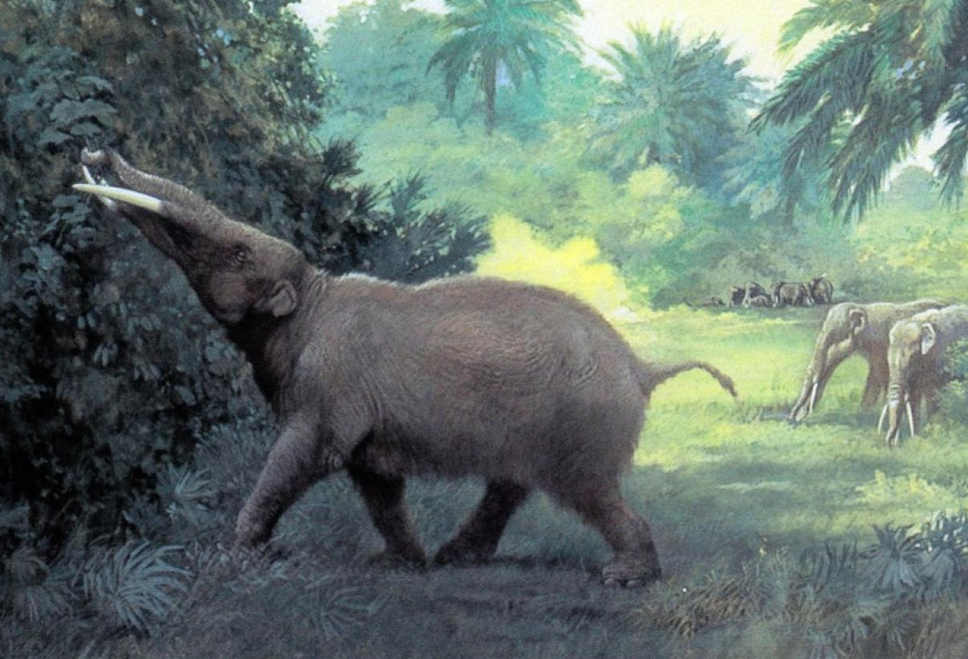Unique mammoth tusks discovered in Mexico have been smuggled by antiquities smugglers.
In a warning, archaeologists say the smugglers are trading the fossils for beer.
The two tusks, thought to belong to an extinct mammoth relative of today’s elephants, were found by residents of Juan Felipe in the state of Veracruz.
Local residents allegedly reported the tusks to officials at Mexico’s National Institute of Anthropology and History after seeing them.
But by the time authorities arrived at the site, images of the teeth had gone viral on social media, prompting smugglers to swarm the area.
Before the area could be secured, looters dug up the teeth and took them with them.
Archaeologists therefore warn against sharing images or information on social media that could reveal the location of the finds.
Gustavo Carmona Díaz, an archaeologist at the University of Veracruzana, said the looters caused the remains to deteriorate or disappear.
According to the expert, there was originally a mammoth jawbone next to the teeth, but it too disappeared.
“There are some really bad examples where they sell the fossils to tourists for beer,” Carmona Díaz said:
In other cases the remains are already damaged.
Even fossils that are later taken from the hands of looters are often damaged.
This is because such finds tend to deteriorate very quickly when they are removed from layers of rock that have protected them for thousands of years.
The latest stolen fossils are believed to belong to an ancient species of “gomphothere” that became extinct more than 10,000 years ago. They are an extinct group of proboscises related to modern elephants.
Carmona Díaz called on the National Institute of Anthropology and History to do more to protect archaeological sites and prevent the looting of fossils.
In a statement released by the Institute, he said
“We encourage people who witness such discoveries to refrain from sharing them on social media and bring them to the attention of the National Institute of Anthropology and History.





